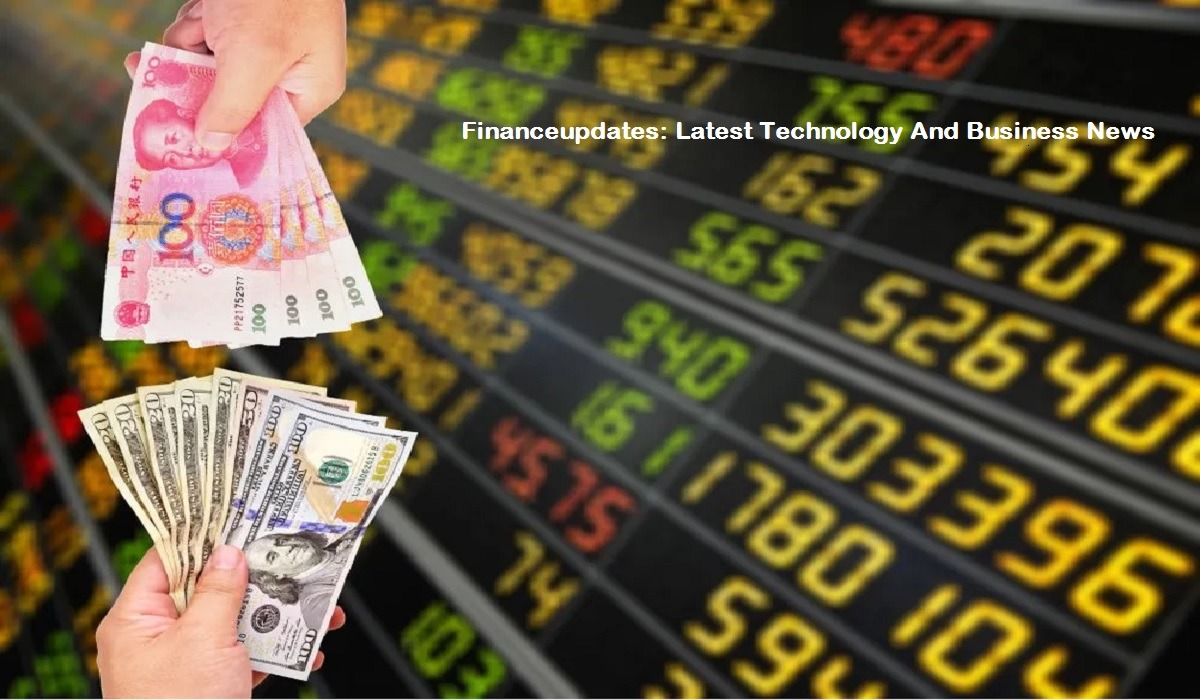Pakistan’s currency market is vibrant, reflecting the dynamic economic interactions on both local and global scales. As of today, the Forex Association of Pakistan has updated the open market currency rates, which are crucial for financial decisions in trading, investments, and international transactions.
Key Currency Rates Overview
The table below provides a snapshot of today’s buying and selling rates for major currencies in the open market:
| Currency | Buying Rate | Selling Rate |
|---|---|---|
| US Dollar (USD) | 277.15 | 279.70 |
| Euro (EUR) | 294.00 | 297.00 |
| British Pound (GBP) | 343.75 | 347.90 |
| UAE Dirham (AED) | 75.00 | 75.75 |
| Saudi Riyal (SAR) | 73.30 | 73.95 |
| Canadian Dollar (CAD) | 200.8 | 203.00 |
| Australian Dollar (AUD) | 178.5 | 180.00 |
These rates are indicative of the fluctuating nature of the global economy and are a critical reference for anyone involved in currency exchange.
Implications of Open Market Rates
Pakistan’s open market currency rates play a pivotal role in shaping economic and financial landscapes. They clearly indicate the economic health and provide insights into potential future movements. Factors influencing these rates include:
- Global Economic Indicators: International financial news, economic developments, and political stability all impact currency rates.
- Supply and Demand Dynamics: Changes in tourism, trade balances, and foreign investment influence the demand for different currencies.
- Monetary Policies: Decisions by major central banks on interest rates and money supply also sway currency values.
Exchange Services in Pakistan
For those looking to engage in currency exchange, Pakistan hosts several reputable companies:
- Pakistan Currency Exchange Company (Pvt.) Ltd.
- NBP Exchange Company Ltd.
- HBL Currency Exchange (Pvt.) Ltd., among others.
These entities are regulated and offer competitive rates for various financial transactions.
Economic Impact of Exchange Rates
The strength of a country’s currency is directly linked to its economic health. A stronger currency can help temper inflation and lower the cost of imported goods, boosting purchasing power. Conversely, a weaker currency can make exports more competitive but raise the cost of imports.
Conclusion
Staying informed with the most current currency rates helps individuals and businesses make informed financial decisions. Today’s rates reflect ongoing global interactions and economic policies. For up-to-the-minute rates and more detailed financial analysis, continue to follow our updates.

